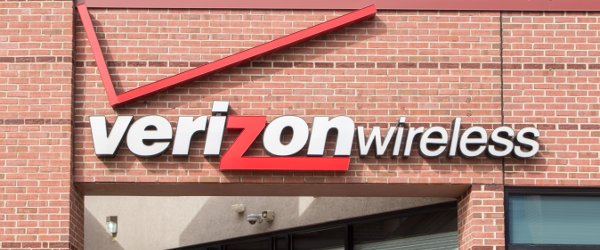
Verizon Wireless is collecting data on its customers for marketing purposes as it injects identifiers to web requests travelling over its network, privacy experts have warned.
The company’s unique identifier headers, launched two years ago, allow advertising companies to request location and market segment information to serve more relevant ads and offers to subscribers, even if they’ve opted out.
"This information might include your gender, age range, and interests (i.e. sports fan, frequent diner, or pet owner)," Verizon said on its website.
"In addition, we will use an anonymous, unique identifier we create when you register on our websites. This may allow an advertiser to use information they have about your visits to online websites to deliver marketing messages to mobile devices on our network.
"We do not share information that identifies you personally outside of Verizon as part of this program."
Privacy experts have jumped on the service, arguing that companies paid for a fundamental service that should not be using the data for secondary purposes.
Jacob Hoffman-Andrews, senior staff technologist with the Electronic Frontier Foundation, said on Twitter: "There is this mentality of ‘if there is a way we can acquire more data on our users, that data is a legitimate target.
"Users should have control in how they are being tracked."
Research scientist Cody Dunne, said in a peronal blog: "This occurs even if you opt out of all the Verizon tracking, use a privacy mode in your browser, enable Do Not Track, use a different browser, send your own bogus UIDH header, change to a new phone, or use a tethered laptop for browsing.
"The only known solution is to encrypt all your browsing. You can do this using HTTPS Everywhere, but this only works if the website supports HTTPS. The best solution is to use full encryption using a VPN like Tunnelbear or TOR."






